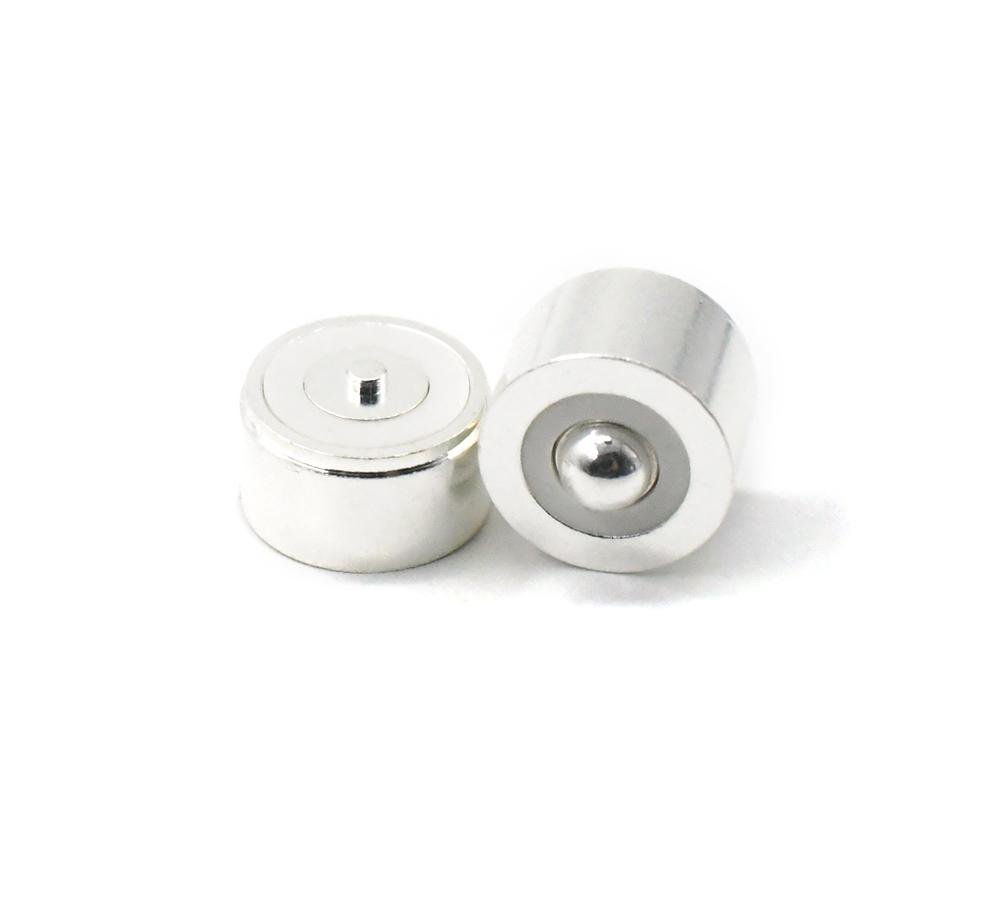Time:2025-09-09 Views:1 source:News

Test probes are essential tools in the field of electronics and electrical testing, serving as the interface between the test equipment and the device under test (DUT). These probes are designed to accurately and reliably make electrical contact with various components and circuits, enabling the measurement of electrical parameters such as voltage, current, resistance, and signal integrity. Their versatility and precision make them indispensable in a wide range of testing applications, from quality control in manufacturing to research and development in laboratories.
The design of test probes varies depending on the specific testing requirements. One of the key considerations is the type of electrical contact they need to make. Some probes are designed for point - to - point contact, where they make direct contact with a specific component or pad on a printed circuit board (PCB). These probes typically have a fine - tipped design to ensure accurate and precise contact. For example, in semiconductor testing, probes with extremely sharp tips are used to make contact with the tiny pads on integrated circuits. Other test probes are designed for surface - mount technology (SMT) components, which require a different approach due to their small size and flat surface. These probes may have a broader contact area or a specialized shape to ensure proper contact without damaging the delicate components.
Test probes also come in different materials, each with its own properties and advantages. Tungsten and beryllium - copper are commonly used materials for probe tips due to their high hardness, good electrical conductivity, and resistance to wear. The choice of material depends on factors such as the contact force required, the operating temperature, and the durability needed for the specific testing application. Additionally, the body of the test probe is often made of materials like stainless steel or plastic, providing strength and insulation as required.
In terms of functionality, test probes can be categorized into different types, such as spring - loaded probes and rigid probes. Spring - loaded probes are widely used because they can maintain a consistent contact force even when the surface of the DUT is uneven. The spring mechanism inside the probe allows it to adapt to variations in the surface and ensure a reliable electrical connection. Rigid probes, on the other hand, are used when a fixed and stable contact is required, such as in some static testing applications.
The applications of test probes are extensive. In the electronics manufacturing industry, they are used on automated test equipment (ATE) to perform in - circuit testing (ICT) and functional testing of PCBs. This helps to identify manufacturing defects early in the production process, reducing costs and improving product quality. In research and development laboratories, test probes are used to prototype and test new electronic designs, allowing engineers to measure and analyze electrical signals accurately. They are also used in the maintenance and repair of electronic devices, where technicians rely on them to diagnose faults and troubleshoot problems. Overall, test probes play a crucial role in ensuring the reliability and functionality of electronic products through accurate and efficient testing.
Read recommendations: